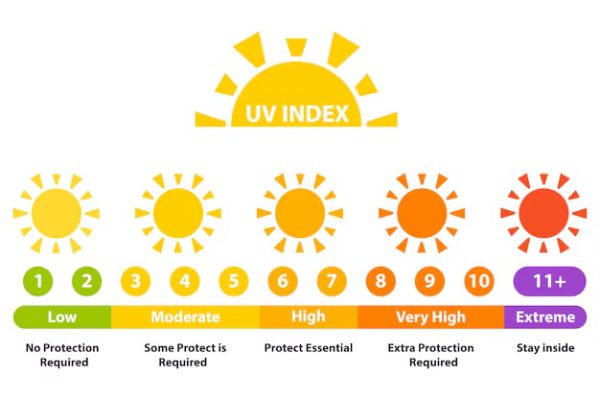I Don’t Care About Lena Dunham’s Body
This past Saturday, Lena Dunham hosted Saturday Night Live. A leading voice in modern feminism, I thought Dunham was a fitting host choice for the show falling on International Women’s Day. Dunham, daughter of artists Carroll Dunham and Laurie Simmons, is writer, producer, and lead actor in the HBO show Girls, which is currently in its third season. For a 27 year old, Dunham’s career accomplishments read like a laundry list enviable of by much more seasoned professionals: Emmy nominations for her roles in acting, writing, and directing, a Golden Globe win for Best Comedy Series for Girls and another for herself as Best Lead Actress in a Comedy or Musical Series, and a Directors Guild Award for Outstanding Director in a Comedy Series – the first time the award was given to a woman. If that isn’t enough, Dunham has also written, acted in, and produced two films and is now working on a collection of essays to be published by Random House. Lena Dunham’s accomplishments are mind-boggling to me – if in the next ten years of my life I could accomplish one of these things, I would consider myself a success. However, when many people talk about Dunham and Girls, rarely is the show’s casual and effortless genius praised without the inevitable ‘but’ that comes with Dunham’s character Hannah’s oft-nude tendencies. On SNL this week, Dunham made fun of this fact both in her opening monologue and in a skit spoofing a biblical version of Girls. The thing that confuses me, though, is why we still care.
For those who don’t follow the series, Girls is about four twenty-something women living in Manhattan trying to create stable lives for themselves after college. The struggles the girls face are uncomfortable and sometimes painful to watch, but also have a familiarity and millennial perspective lacking in most other productions about female friendship. Most of the nudity on Girls only adds to this effect – while most other shows would cut away when a character is getting dressed or using the bathroom, Dunham keeps the shots in, inverting the presence of the male gaze that nudity in shows usually caters to. In the rare scenes where the characters are trying, to be sexual, the encounters seem more awkward and funny than sexualized. It’s not like we, the American public, should be so shocked at female nudity – a recent study done by USC’s Annenberg School for Communication & Journalism found that of all women shown onscreen, 23.6% are partially nude. Plus, Girls is in its third season already – Dunham’s body is not changing, and yet we are still shocked and disgusted each time Hannah appears onscreen without a shirt or in a revealing bathing suit.
If the only difference between nudity in Girls and nudity in other films or television shows is the bodies chosen to display, one must begin to question why those feelings of criticism arise. While Dunham’s body confidence may upset the sensibilities of some and bring out malices of personal body insecurity in others, the casual nudity in Girls also presents a subtle positive message to viewers. Dunham is not a size 0, and while Hannah struggles with insecurity on this issue, it is not her whole story. In an early episode of Girls, Hannah responds to her boyfriend’s inquiry about why she hasn’t tried to lose weight by saying, “because I decided I was going to have some other concerns in my life, OK?” Instead of just focusing on the nudity in Girls, or our uneasiness when faced visually with the body of an average woman, the show should be appreciated for the success that it is. And Dunham, a Hollywood phenom producing major material about the struggles of 20-somethings while still in her twenties, should stop having her talent reduced to body commentary – whether positive or negative.
































![Stranger Things 4: What to Expect [Warning: Contains Spoilers]](https://pcpawprint.com/wp-content/uploads/2021/11/StrangerThings4-900x473.jpeg)































































